Fossils are a strange creation.
Depending on how much you paid attention in science class, you may remember that fossils are usually not the preserved remains of a long-dead plant or creature. In pretty much every single fossil, there is none of the original organism left. All that is there is stone; specifically, mineral deposits that replace rotten bones and organs and replicate the shape of an organism that once lived.
There are always some exceptions, but fossilization is usually a form of the process of permineralization in which the organic material is slowly replaced with tiny deposits of silica, calcite, pyrite, and even opal.
The organic structures are dissolved and filled in by mineral deposits, taking the shape of the structures before hardening into stone. The exact conditions direct what kind of fossil it becomes and how detailed the fossil will be. When people find fossils of dinosaurs, ancient plants, aquatic life, and traces of the earliest bacteria (yup, those fossils exist), they find something akin to a mineral casting of the internal structures of the original cells.
Bones, skin, feathers, leaves, and shells all have been replaced by minerals in one form or another through a variety of specific processes depending on when, where, and how the organism was preserved. In most cases it requires being covered rapidly at or near the time of death to inhibit or completely stop the natural processes of decomposition. This is best done in an oxygen-free environment, so being covered in thick mud, volcanic ash, or some sediment are some of the best ways to get fossilized.
It is through this process that petrified wood is created, thanks usually to volcanic ash or mud slides burying trees and fibrous plant material. Over time, the slow decay of the cellulose combined with mineral-rich water flowing through the encased tree slowly replaces the contents of the cells leading to a three-dimensional structure that closely resembles the original wood structure.
Petrified wood is one of the few fossils that closely mirrors the original organism after it has been petrified, giving it an almost magical appearance.
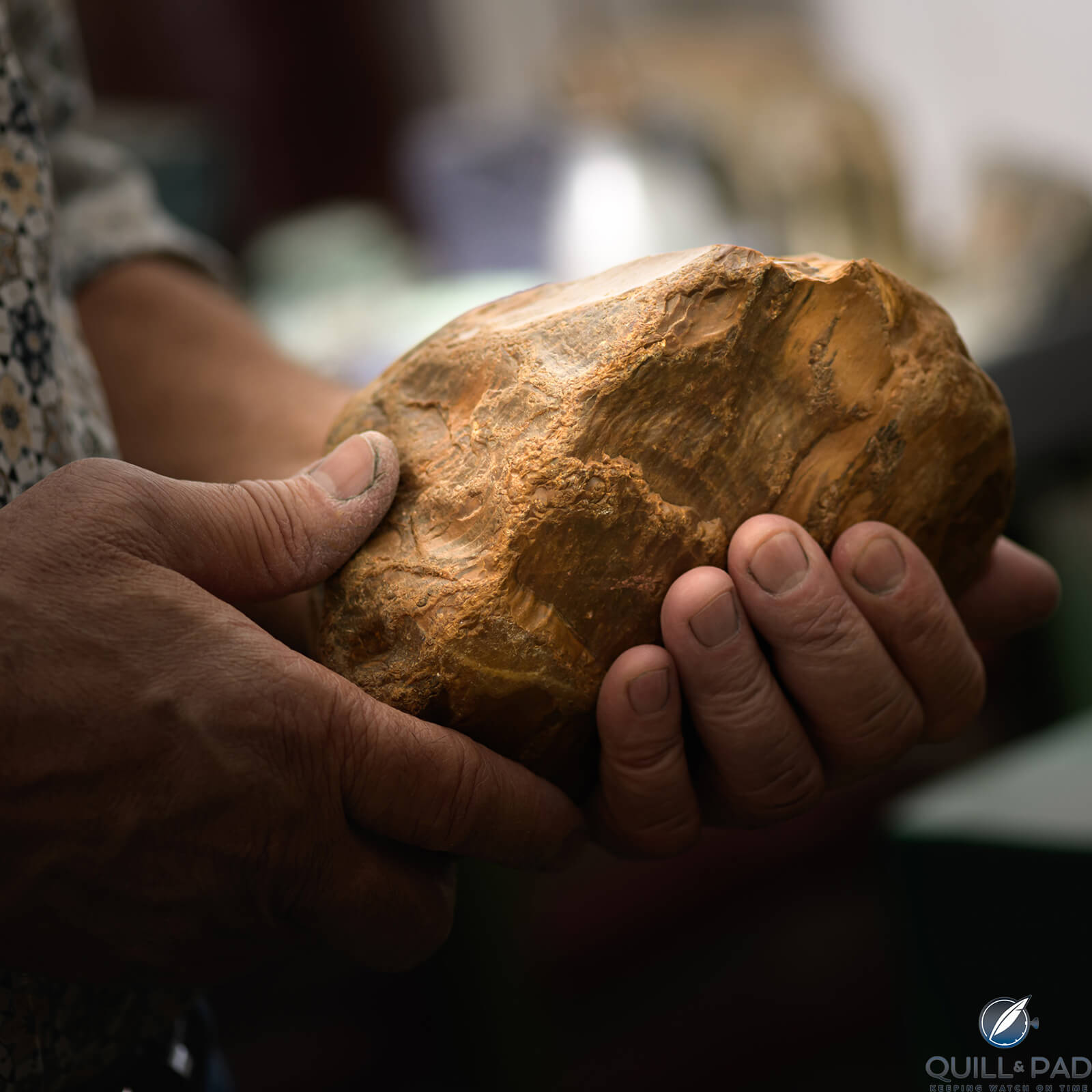
A piece of Chinchilla Red petrified wood before cutting the dial of the Jaquet Droz Loving Butterfly Automaton
Sometimes, petrified trees are largely made of luminescent and fluorescent opal, leading to a fossil that looks like a tree mixed with an interstellar nebula. The possibilities are truly incredible. Depending on where the petrified wood is found, it often has a consistent appearance due to the local mineral levels that are common in the area.
Outside of opal, fossil can have black hues from the addition of carbon (very common from the pumice in volcanic ash), greenish blue from chromium, cobalt, or copper, pinkish hues from manganese oxides, or white to clear from pure silicon dioxide.
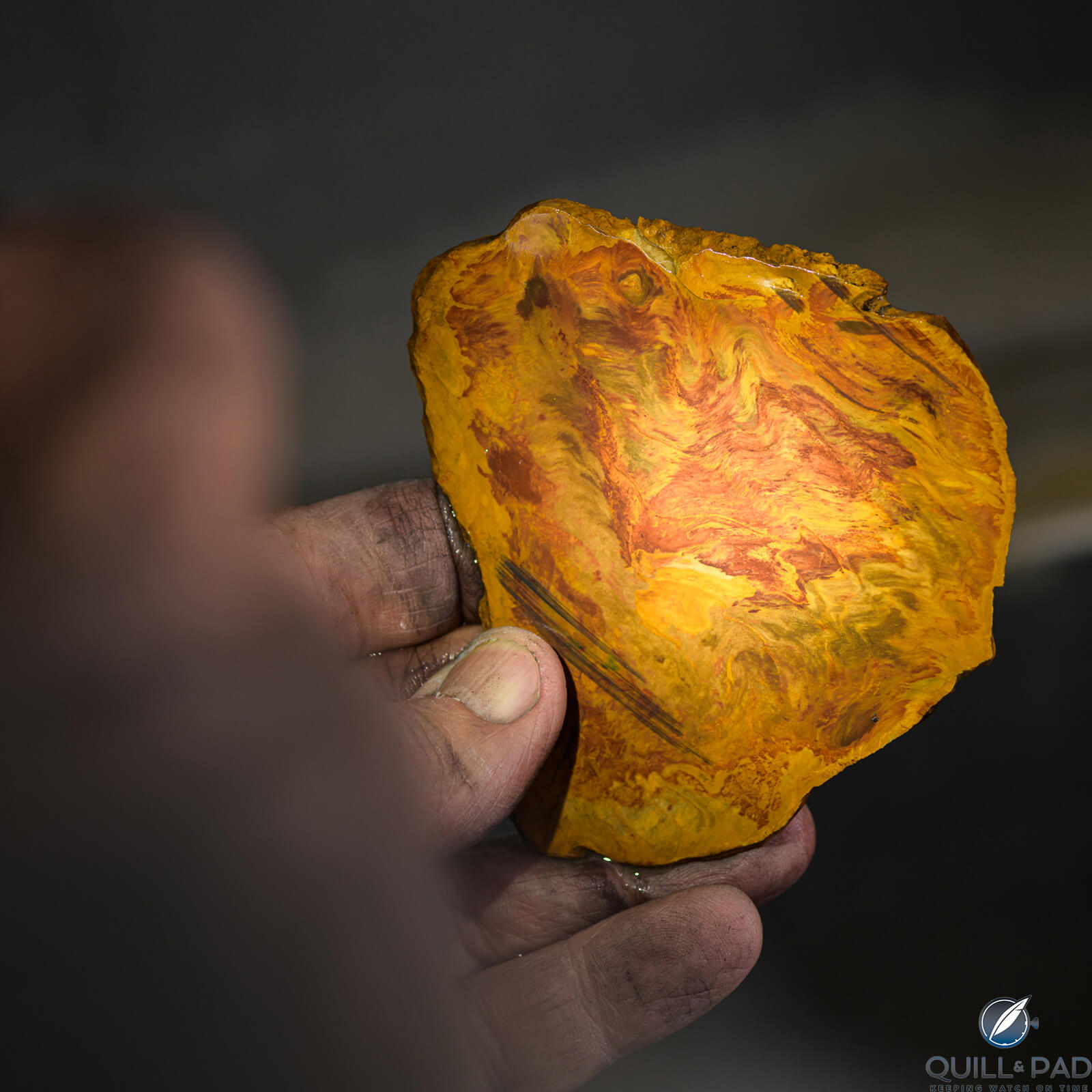
Rough-cut Chinchilla Red petrified wood for the dial of the Jaquet Droz Loving Butterfly Automaton
A common hue is reddish brown from the inclusion of iron oxides. A well-known variety that is imbued with a lot of iron oxide is the Chinchilla Red petrified wood unsurprisingly found in Chinchilla, Queensland, Australia.
The petrified wood is the product of a forest of fir trees that populated the area 150 million years ago, covered and swept away by a flow of lava and volcanic ash. Over time, the trees dissolved as mineral-rich water slowly flowed through the porous rock and created a tapestry of red, brown, and gold following the structure of the growth rings.
Now, the Chinchilla Red is used in art, furniture, jewelry, and – you guessed it – watches. A master of stone dials, Jaquet Droz has utilized the ancient material as a backdrop for its latest limited edition of the Loving Butterfly Automaton, adding more natural flair to a watch that already shines with Jaquet Droz automaton ingenuity.
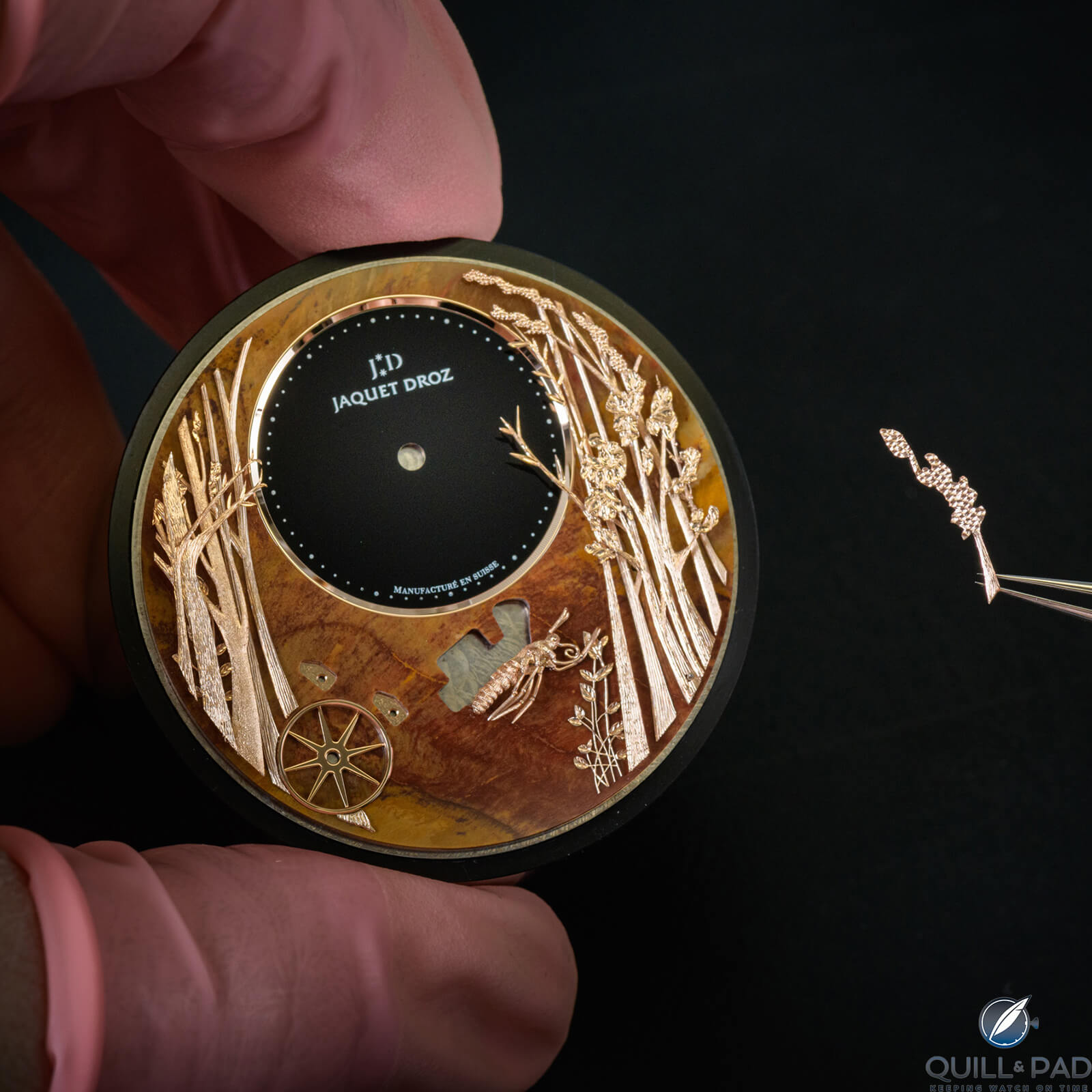
Making a Chinchilla Red petrified wood dial for the Jaquet Droz Loving Butterfly Automaton
After previous editions bearing onyx, mother-of-pearl, meteorite, and aventurine dials, the new Chinchilla Red limited edition joins a set of opal-dialed unique pieces for the newest batch of Loving Butterfly Automaton watches.
Loving Butterfly Automaton Chinchilla Red
The Loving Butterfly watches have been a showcase for the stone artistry of Jaquet Droz, and the latest editions are no different. The Chinchilla Red model utilizes a carefully cut and polished slice of Australian Chinchilla Red petrified wood for the main dial background, undulating underneath the hand-carved golden trees and automata.
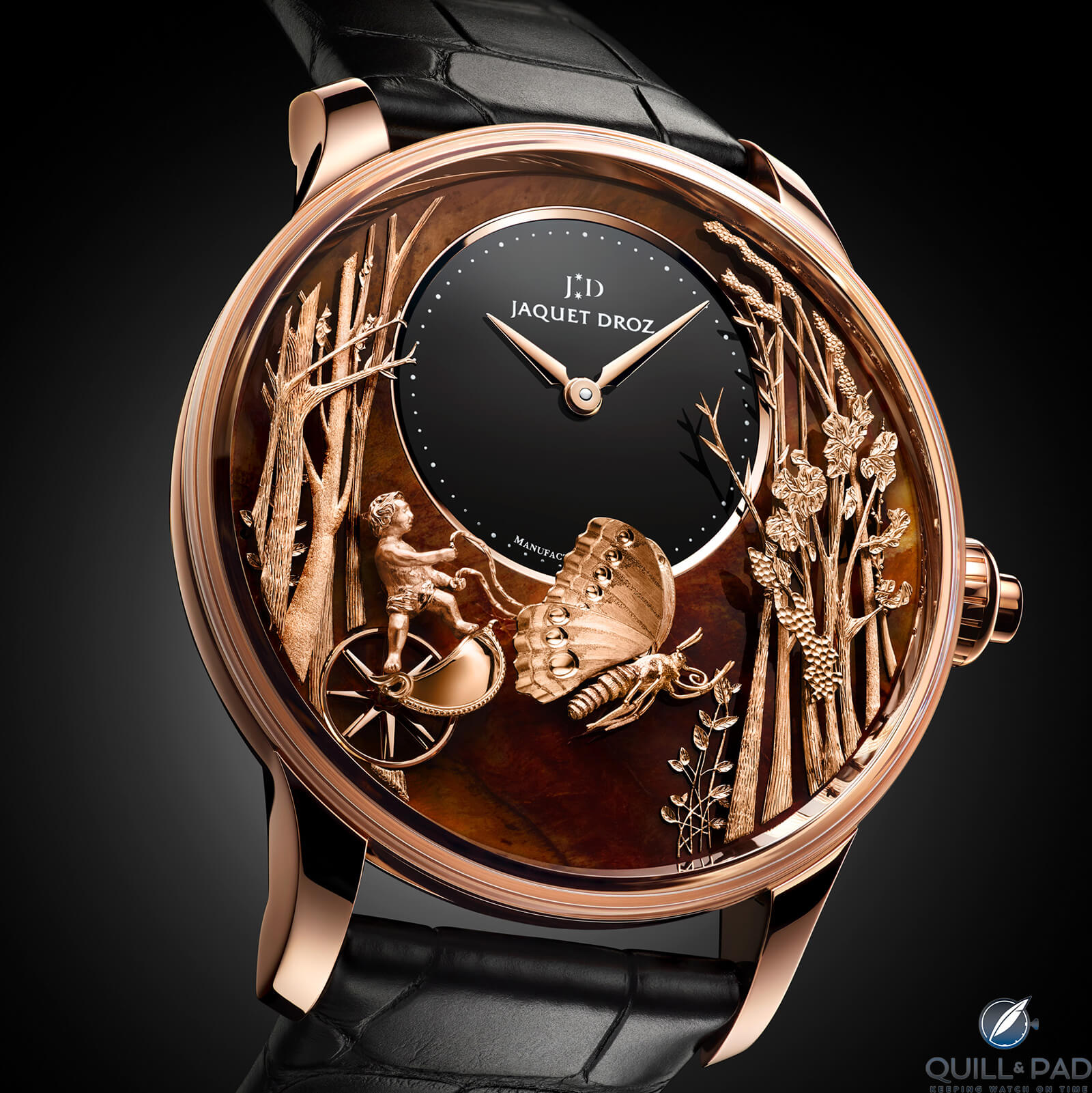
Jaquet Droz Loving Butterfly Automaton with Chinchilla Red petrified wood dial
In the upper center, the hour-and-minute subdial features striking black onyx that acts like a porthole into the petrified wood and anchors the display.
The Chinchilla Red petrified stone compliments the red gold trees, cherub and butterfly, all within the red gold case to make a warm and welcoming tone that one might find in late fall. While every Loving Butterfly design has been visually astounding, the previous dials are all designed to stand out in their own way, highlighting the use of the individual materials. But not so the Chinchilla Red.
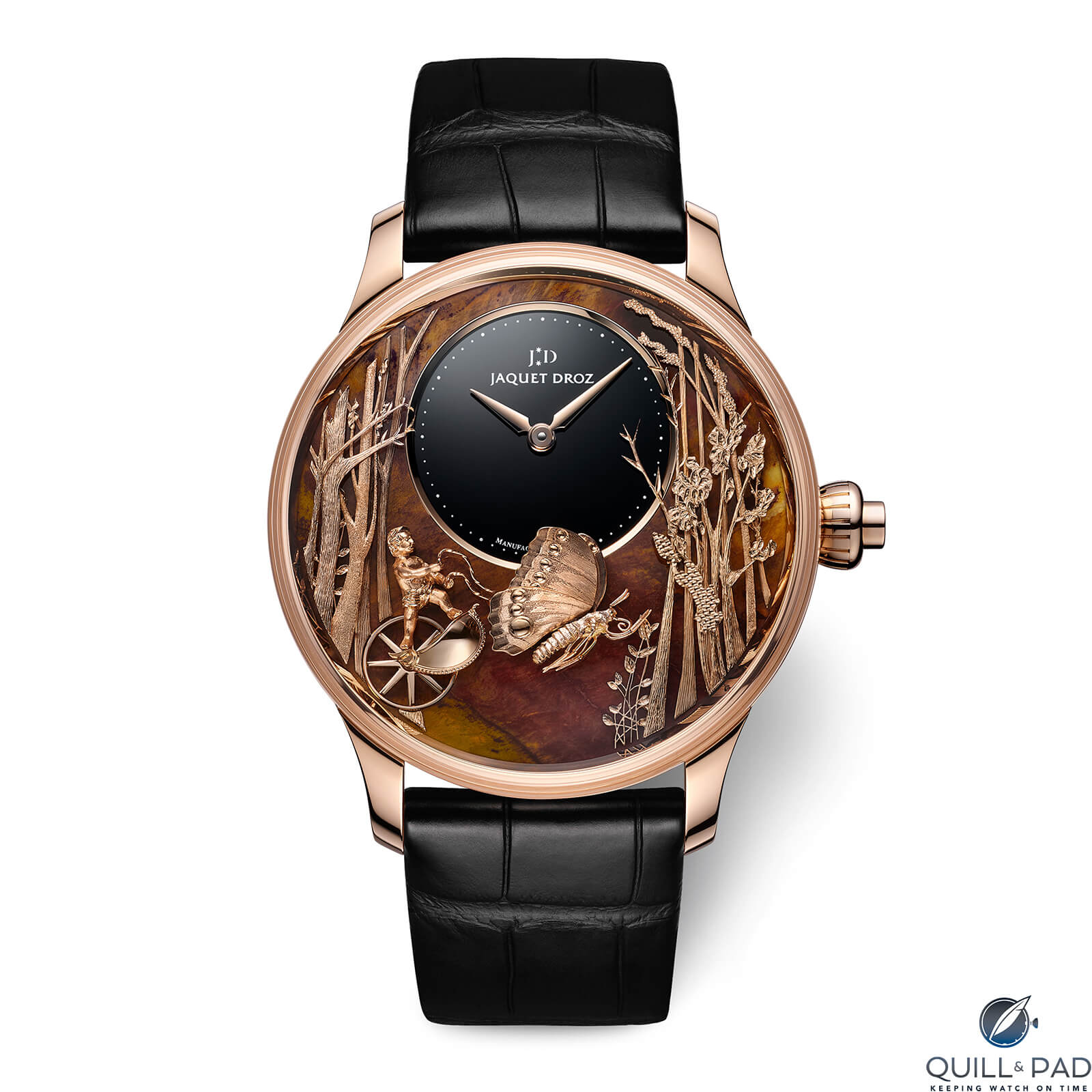
Jaquet Droz Loving Butterfly Automaton with Chinchilla Red petrified wood dial
The Chinchilla Red dial is the first with a material that seems like a conscious design choice for the goal of the display and not just as a way to highlight the material. If it had been the very first model ever released of the Loving Butterfly, it is very possible that every new dial material would have seemed out of place due to how perfectly the petrified wood fits in this context.
Yes, the dial was intended to exhibit the unique material and Jaquet Droz’s expertise with these types of dials, but it succeeds more for its cohesiveness within the design as a whole.
Loving Butterfly Automaton: opal unique pieces
My love for the petrified wood in combination with the red gold might make some believe that I might put it well above the other models, but that couldn’t be further from the truth. I adore the opal dials because they look like an interstellar explosion.
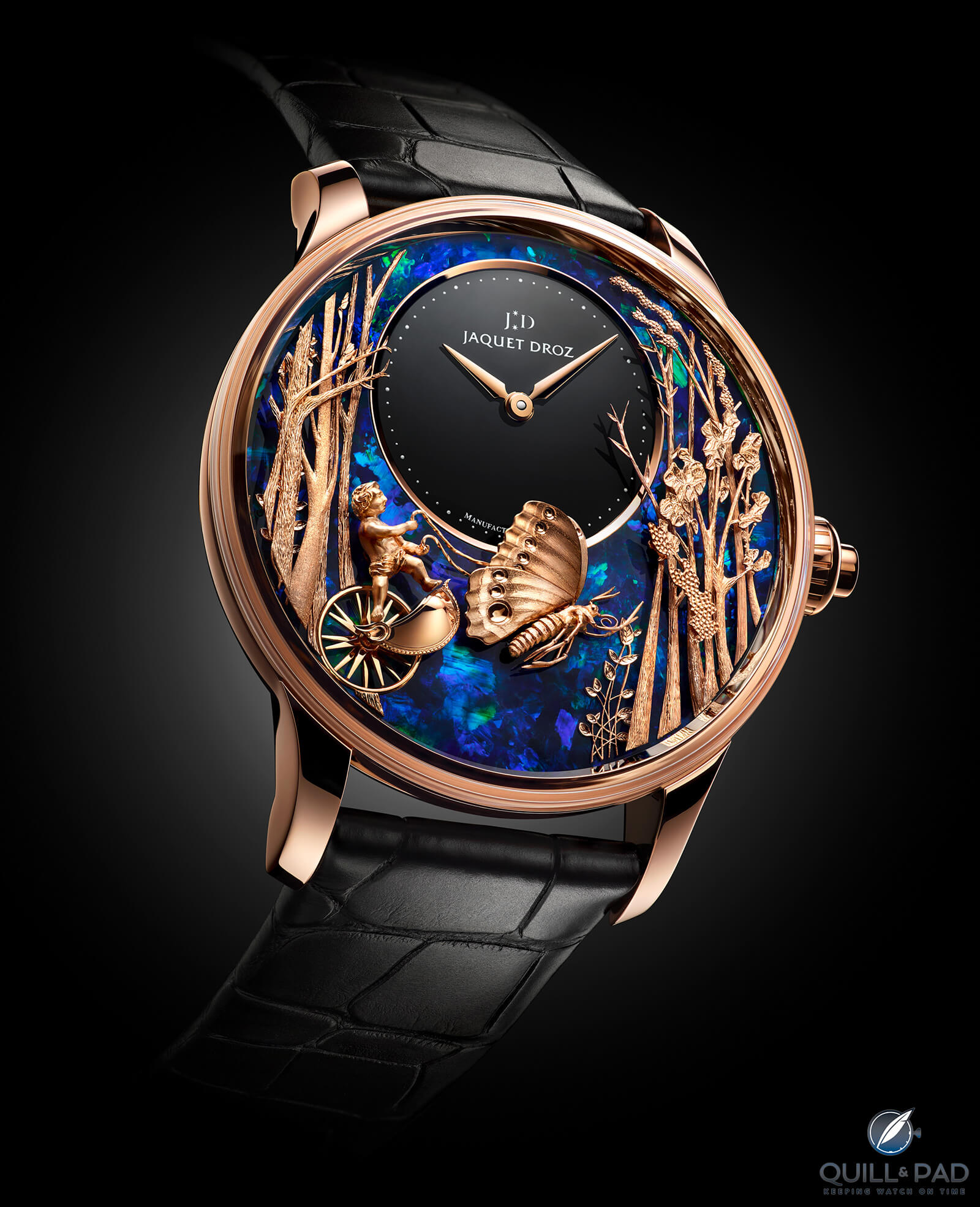
Jaquet Droz Loving Butterfly Automaton with opal dial
Heck, even petrified wood can feature opal as the main mineralizing ingredient, so I have nothing but love for the opal dials as well.
The two new unique pieces, one in red gold and one in white gold, both shine with the stone dial but differ with the stone choice for the hour-and-minute subdial. The red gold piece features the same black onyx of the Chinchilla Red, but the white gold utilizes a soft, nearly white mother-of-pearl that helps the opal pop.
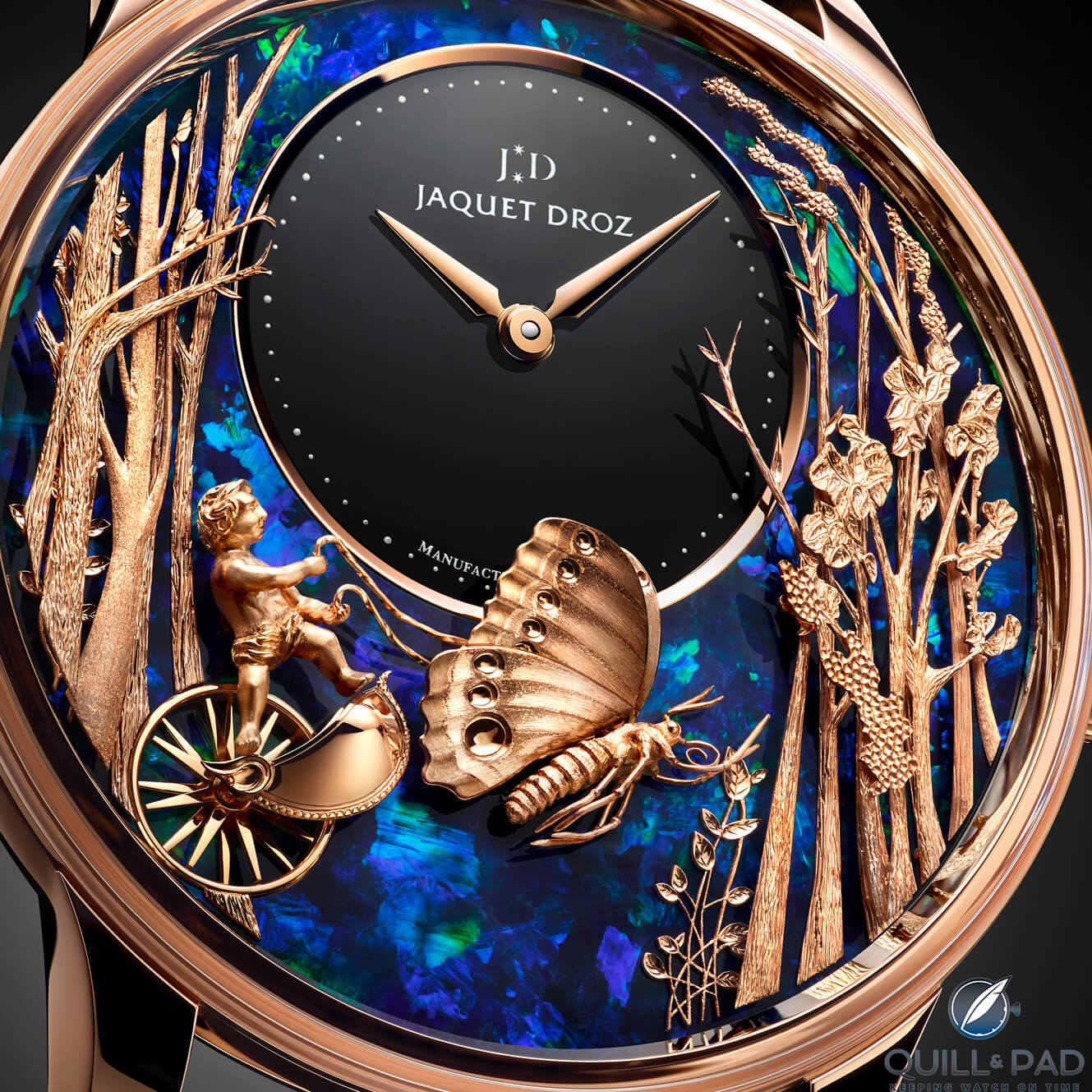
Jaquet Droz Loving Butterfly Automaton with opal dial
Each dial, unique pieces as they are, provides an iridescent spectacle that is hard to ignore. If I had to choose a favorite, it would probably be the red gold simply because the specific opal used for that dial has a larger and more dynamic play of color and I always like a good onyx dial.
Mechanics of the Jaquet Droz Loving Butterfly
With all the talk about the opal and Chinchilla Red petrified wood, some may have forgotten that the original purpose of the Loving Butterfly Automaton was to highlight the skills of Jaquet Droz in creating miniature automata within wristwatches.
The concept in the Loving Butterfly is based from a sketch originally drawn by the 1774 automata The Draughtsman created by Henri-Louis Jaquet-Droz. The drawing entitled “Le papillon conduit par l’amour” (“Butterfly Driven By Love”) depicts a small cherub in a chariot being pulled by a butterfly.
The automaton in the Loving Butterfly is this very scene and it animates the wheels on the chariot and the wings of the butterfly. The mechanism has supposedly had a patent filed for protection, but a quick search did not turn up the specific patent application, so the details of the mechanism remain unclear. But that doesn’t mean we know nothing.
If one looks to the brand’s other automatons, we can guess how it may function. The chariot wheel spins, meaning that is quite possibly the driving wheel or directly connected to the driving wheel coming off the mainspring barrels (of which the movement has two to power the animation).
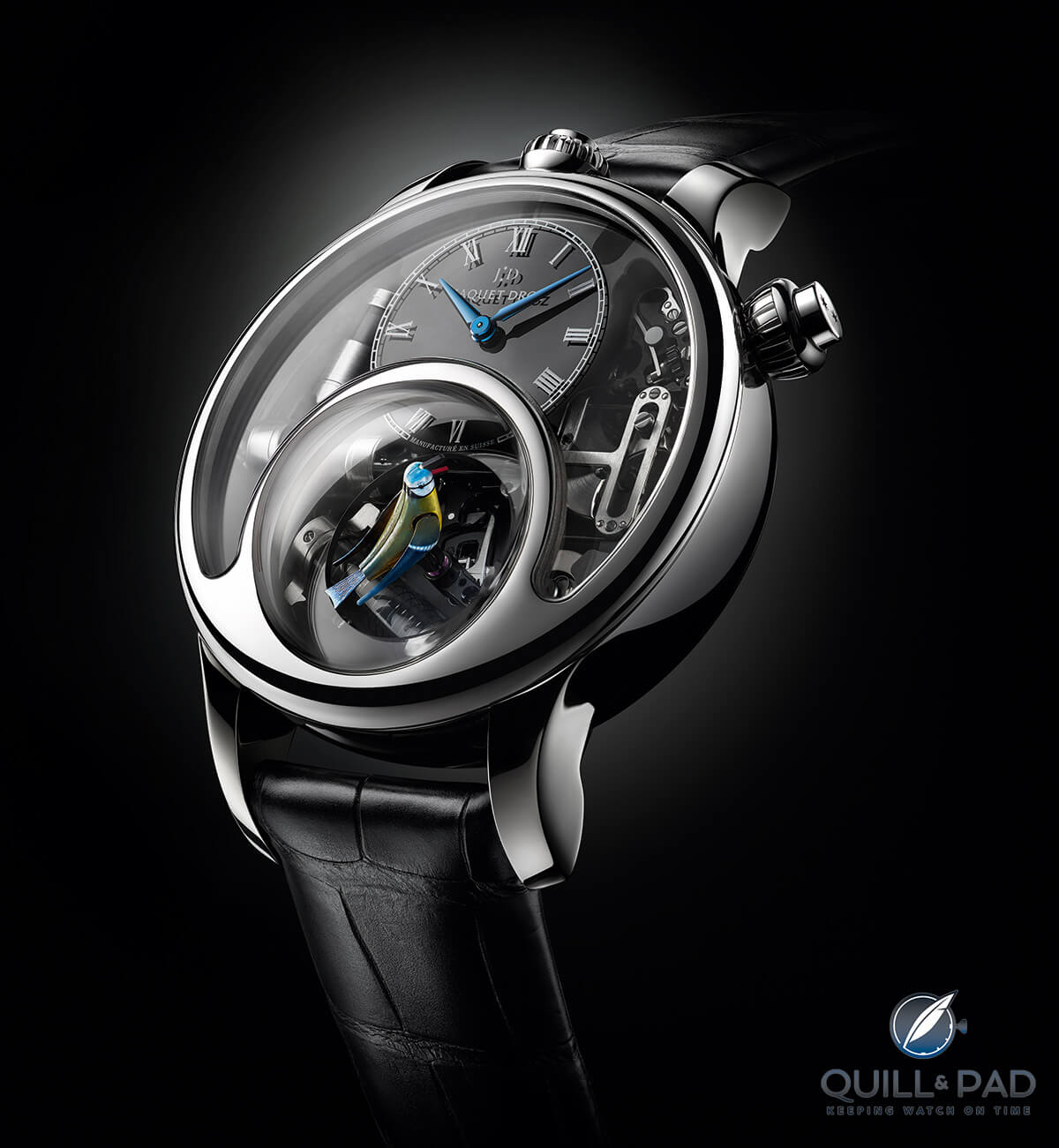
Jaquet Droz Charming Bird
In movements like the Charming Bird or the desktop Whistling Machine, there is often a simple slotted cam follower riding over a post protruding from a wheel to create any back and forth motion. This might be adapted to create the motion of the butterfly wings, one of which flutters up and down while the other rotates back and forth.
Keeping it simple was likely the result, and so a set of pivots and cams may be all that is driving the rapidly fluttering wings, though without either movement images or a description, we might assume it is based on earlier mechanisms. But with such a simple animation in the first place, the magic isn’t so much about how is that possible, but more that it looks so delicate and truly seems to flutter.
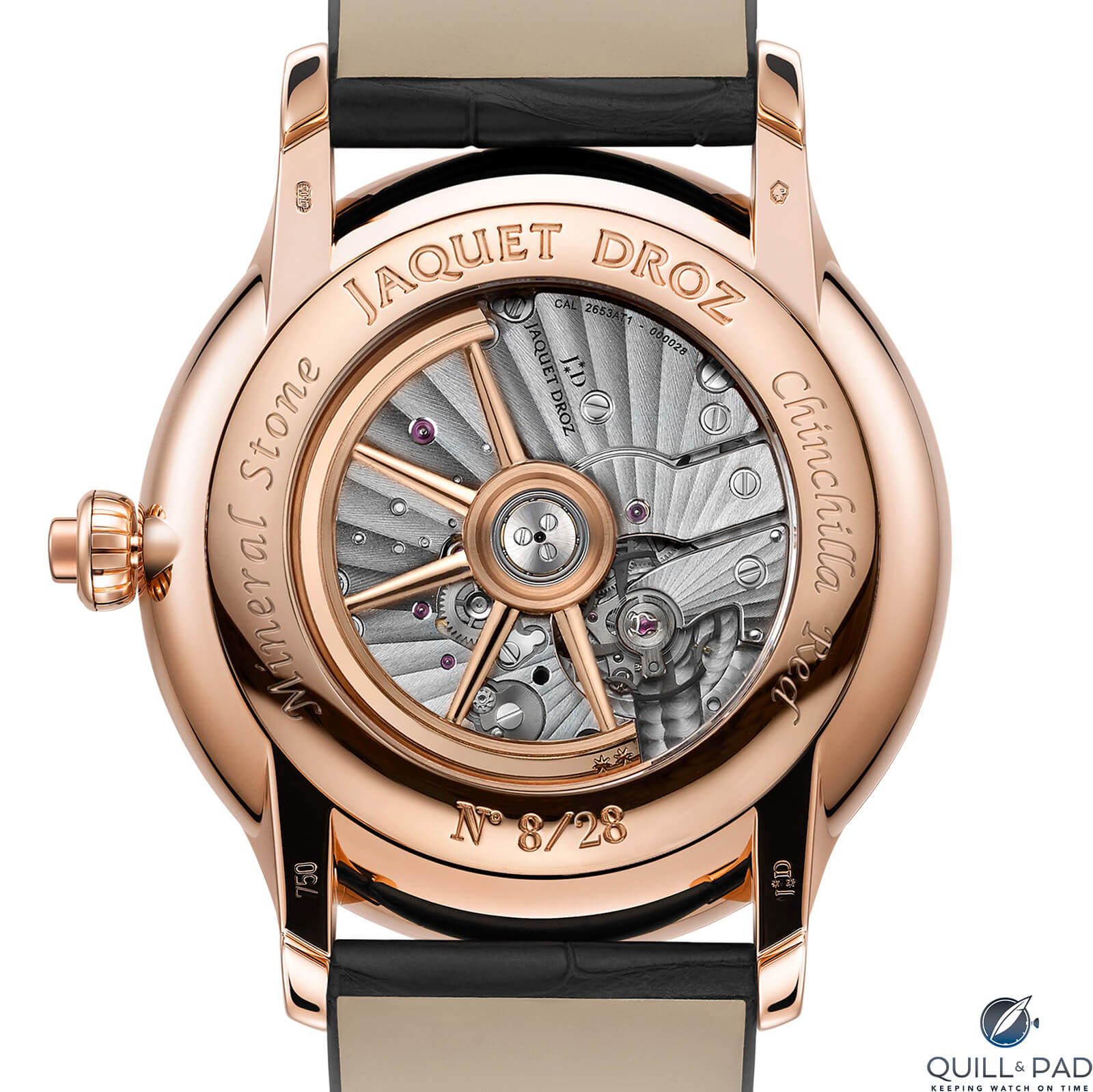
Automatic movement visible through the display back of the Jaquet Droz Loving Butterfly Automaton
This is really unsurprising as Jaquet Droz is not just a leader, but the master at miniature automatons for wristwatches.
The Loving Butterfly line, with limited editions and unique pieces, provides a slightly simpler, more wearable automaton for the wrist that focuses on the style and wow factor through intricate carvings, mesmerizing stone dials, and the perfected animation.
I’m glad that every so often a new aesthetic comes up for this model since Caliber 2653 AT1 deserves to be experienced widely and more often. As Jaquet Droz could easily have dozens more dial ideas in the works, it seems like the Loving Butterfly could be a regular face around town.
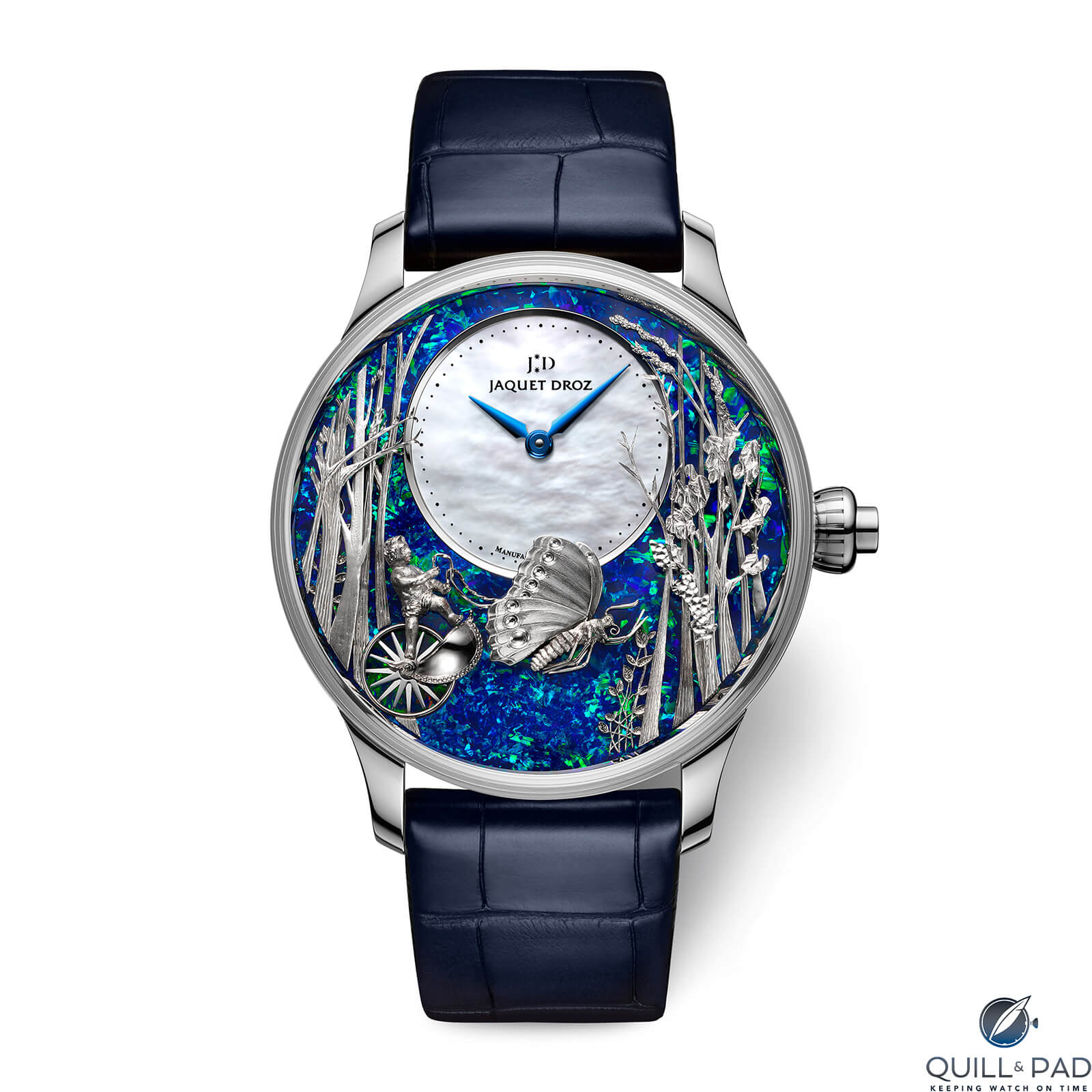
Jaquet Droz Loving Butterfly Automaton with opal dial
And if they continue to look like the opal or Chinchilla Red versions, I don’t think the brand will have a tough time keeping people interested in the very limited quantities because they are objectively amazing.
So even though it took 150 million years to make that dial, let’s break it down!
- Wowza Factor * 9.15 Automatons are already impressive but adding stone like petrified wood or opal gives the Loving Butterfly that something extra to really make it pop!
- Late Night Lust Appeal * 91.5» 897.309m/s2 The amount of force keeping you in place from the lust with this one could crush you under the immensity of time!
- M.G.R. * 67 Automatons will always get a high rating because they are so mechanically superfluous and amazing!
- Added-Functionitis * N/A This is debatable in my head, because an animation is clearly an added function, but it gives you no added information. It doesn’t measure or track anything so thematically is equivalent to a tourbillon perhaps. I’m going to wager on the side of it being no added functionality. As such you can skip the Gotta-HAVE-That cream this time around.
- Ouch Outline * 11.05 The moment when the tip of that carrot you are peeling turns out to be your finger! This may sound like the worst thing in the world, but having accidentally done it twice in my childhood, I can say there are definitely worse things. But 30 seconds after you do it, and you are frantically washing your hands so you don’t get infected, that shaved digit will ache pretty fiercely! Still, I’d happily peel another finger if it meant getting one of these on my wrist!
- Mermaid Moment * Just press the button! It’s an automaton, what else do you need? For myself, not much, which is why when I saw it I was already making a mental list of possible venues for the reception!
- Awesome Total * 914.333 To begin, divide the caliber number of the Loving Butterfly (2653) by the number of mainspring barrels in the movement (3), then add the number of pieces from the limited edition and unique pieces combined (30) to land on a thematically awesome total!
For more information, please visit www.jaquet-droz.com/en/watches/automata.
Quick Facts Jaquet Droz Loving Butterfly Automaton Chinchilla Red
Case: 43 x 16.63 mm, red gold
Movement: automatic Jaquet Droz Caliber 2653 AT1 with silicon balance spring and pallet lever, double spring barrel, 68-hour power reserve plus manually wound automaton with its own spring barrel activated by pushing the crown button, 4 Hz/28,800 vph frequency
Functions: hours, minutes, Cupid and butterfly animation
Limitation: 28 pieces
Price: CHF 120,000 / $126,000
Quick Facts Jaquet Droz Loving Butterfly Automaton Opal
Case: 43 x 16.63 mm, red or white gold
Movement: automatic Jaquet Droz caliber 2653 AT1 with silicon balance spring and pallet lever, double spring barrel, 68-hour power reserve plus manually wound automaton with its own spring barrel activated by pushing the crown button, 4 Hz/28,800 vph frequency
Functions: hours, minutes, Cupid and butterfly animation
Limitation: unique piece in each metal
Price: price upon request
You may also enjoy:
Awesome Aphidae: Jaquet Droz’s Loving Butterfly Returns As An Exquisite Automaton
Jaquet Droz Magic Lotus Automaton: Zen Serenity On The Wrist
Jaquet Droz: Nearly 300 Years Of Beautiful Horological History In One Place
Jaquet Droz Goes Paradise Lush With The Extraordinary Tropical Bird Repeater (With Video)
Leave a Reply
Want to join the discussion?Feel free to contribute!









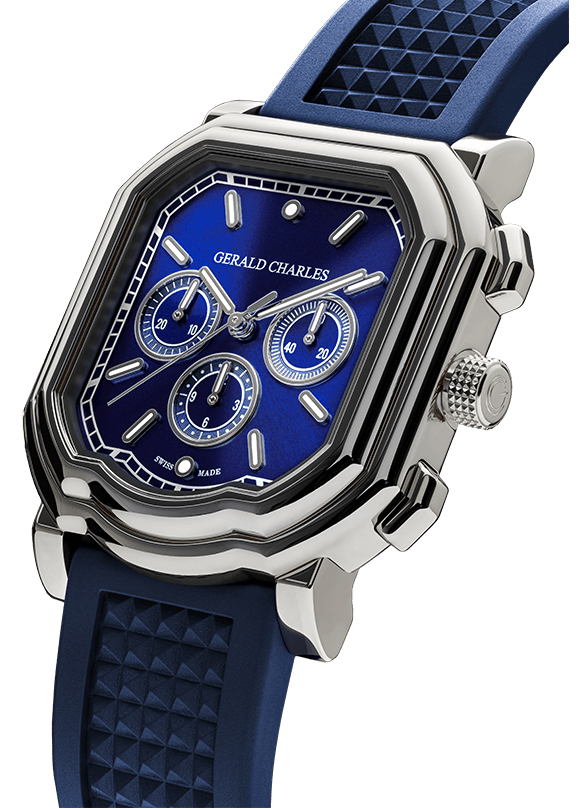








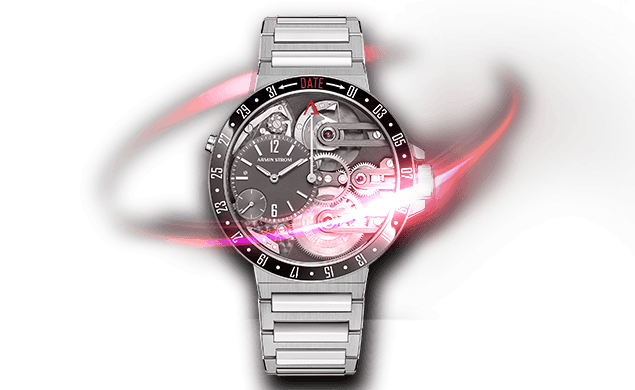
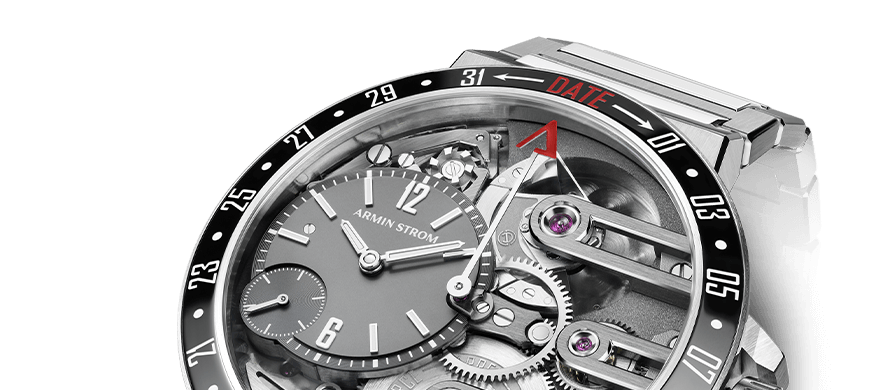
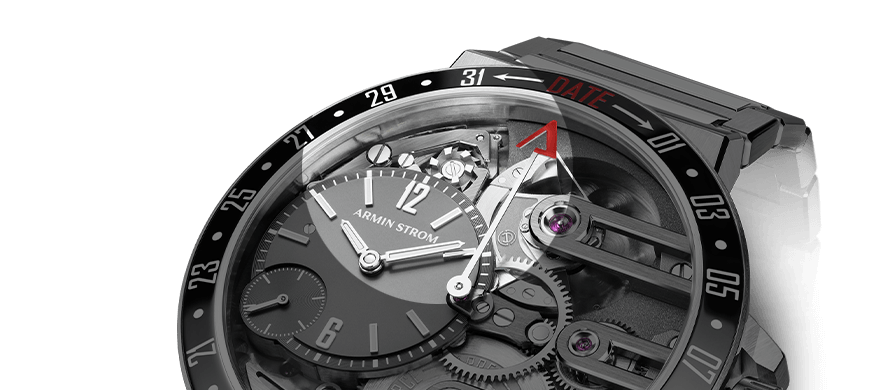


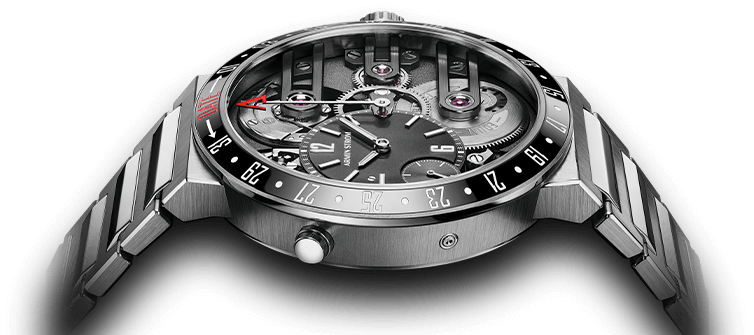
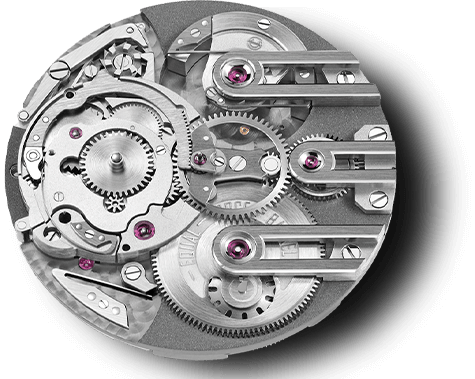

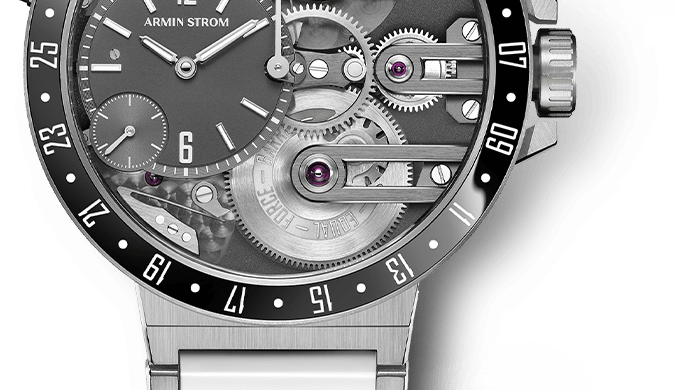
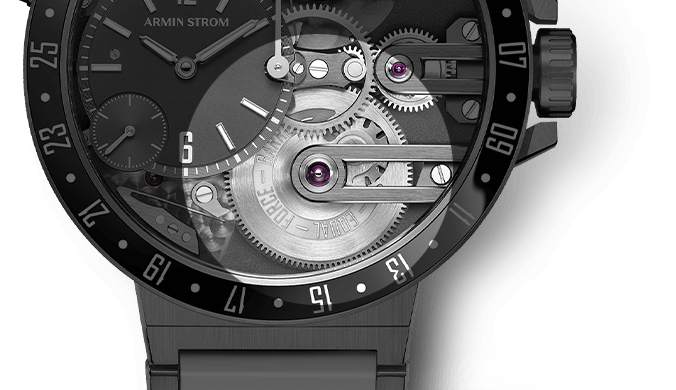




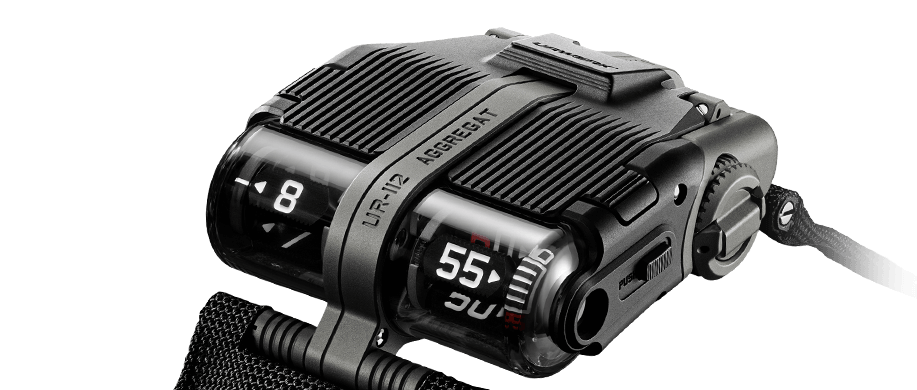
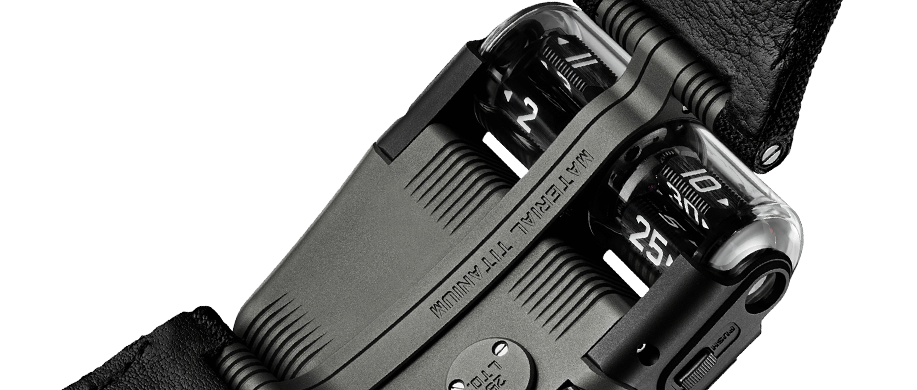
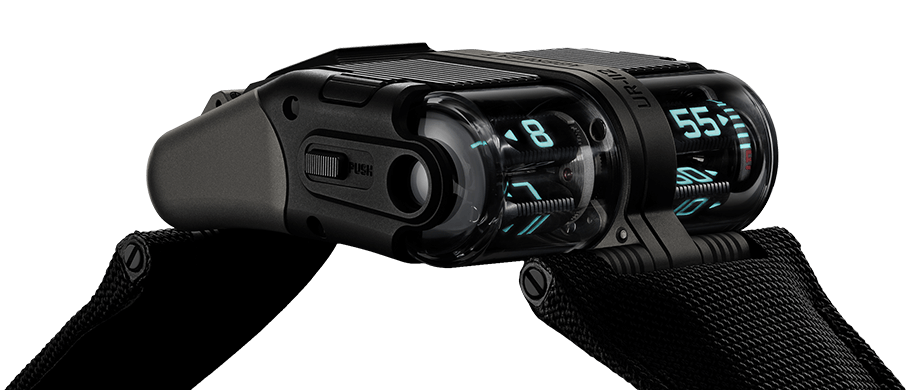


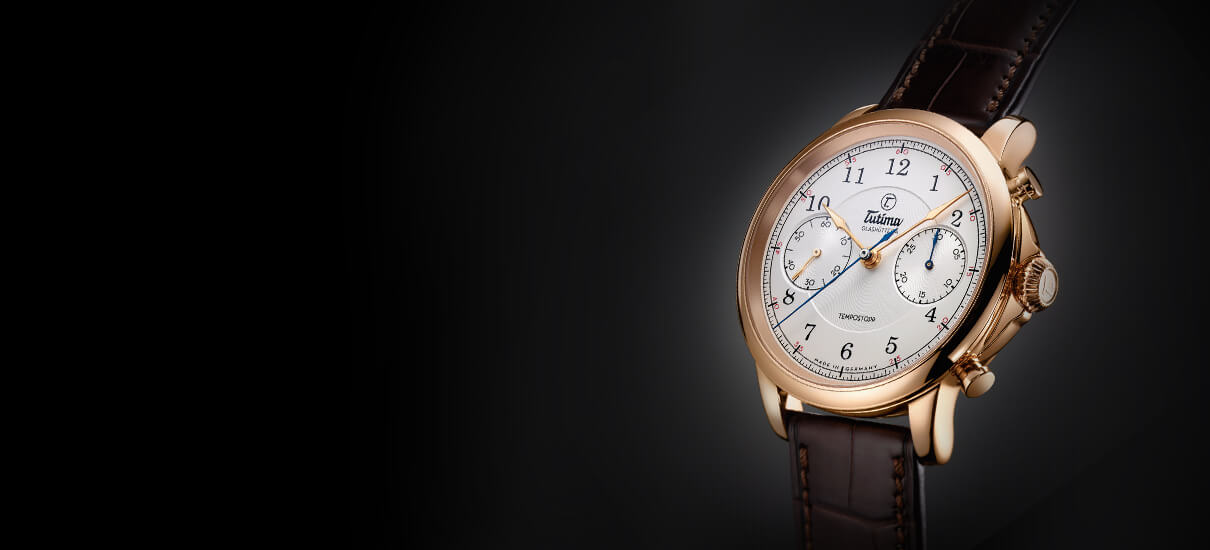





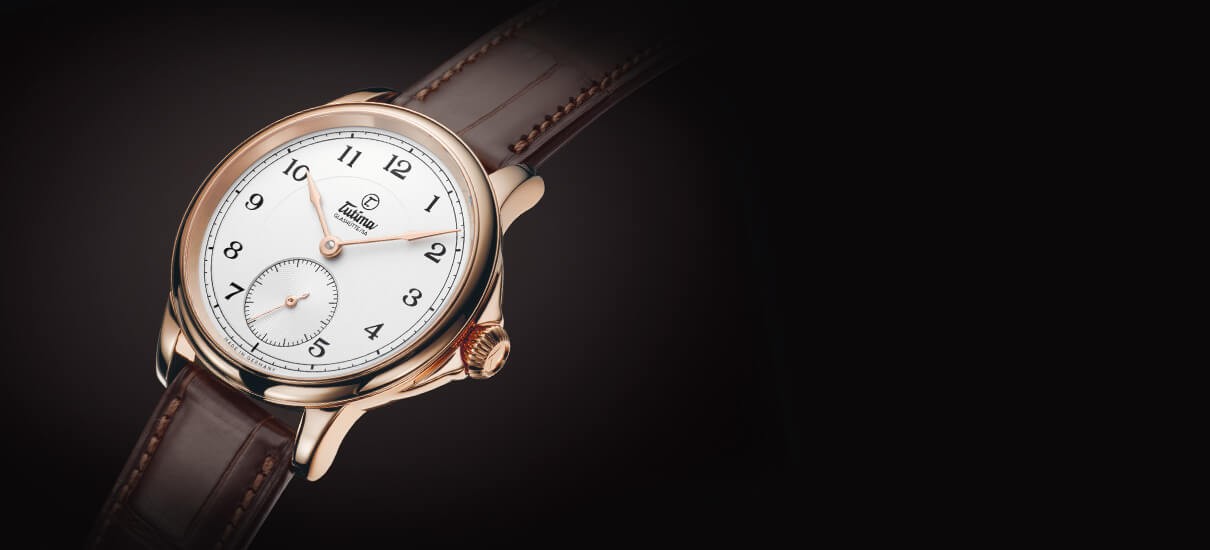





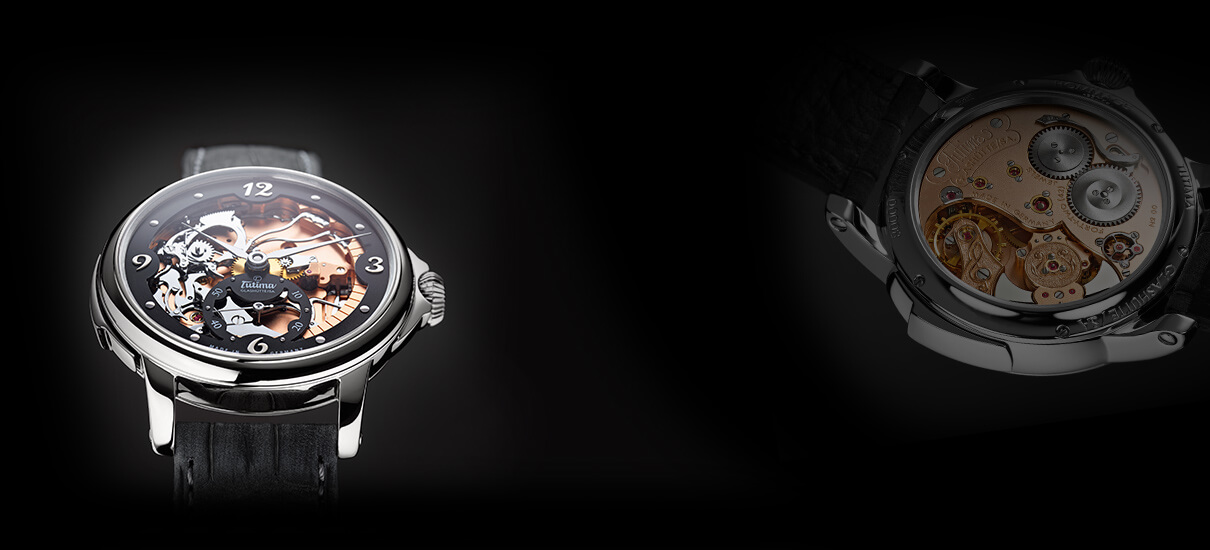



what a great article, what a nice science lesson, and what a superb selection of some of the most beautiful watches from … SUPERFANTASMAGORICAL JAQUET DROZ, dear Joshua. Thanks for showing and explaning.
The watches and automatons from Jaquet Droz are such sublime and breathtaking creatures full of artistry and craftsmanship. Do many people in America know and appreciate this great brand? Regards, Thomas